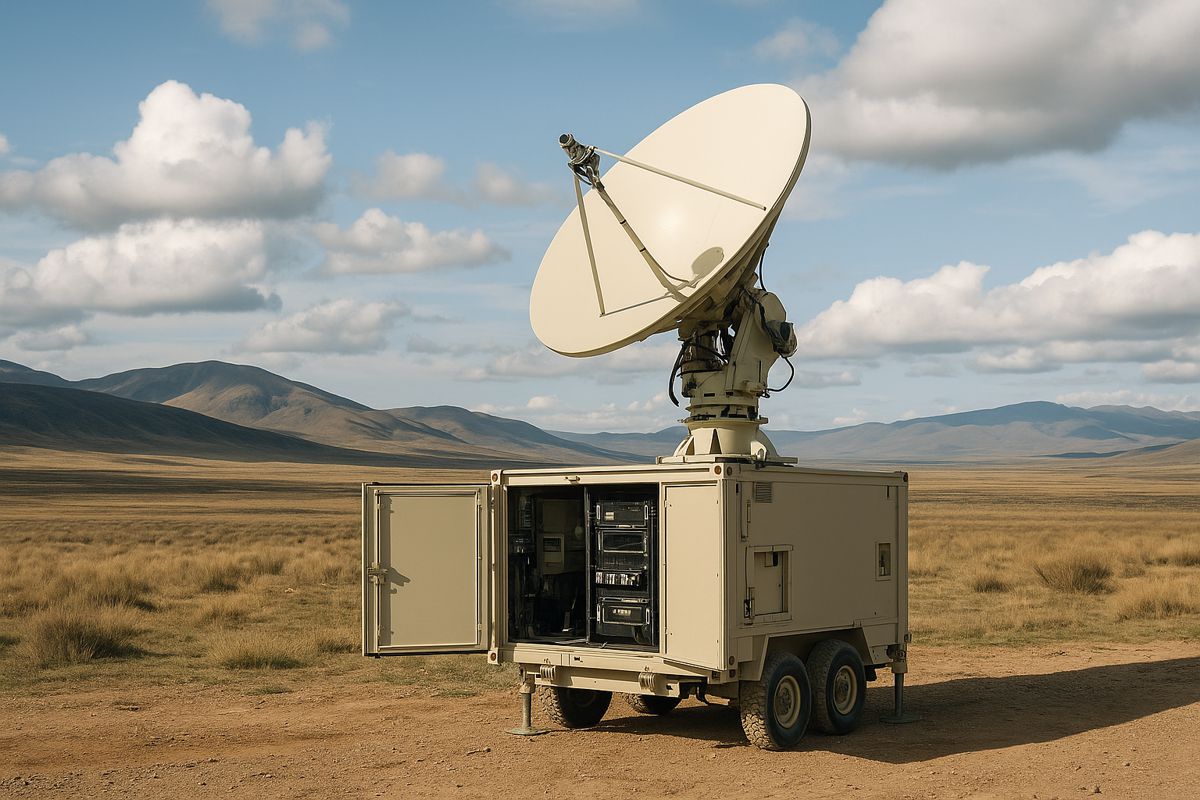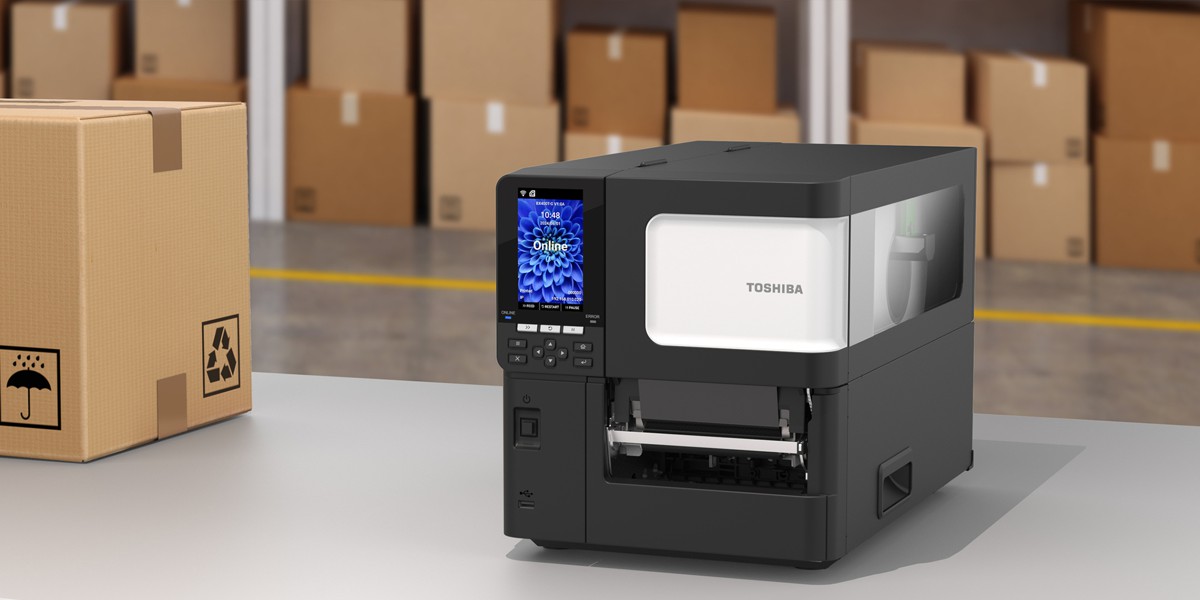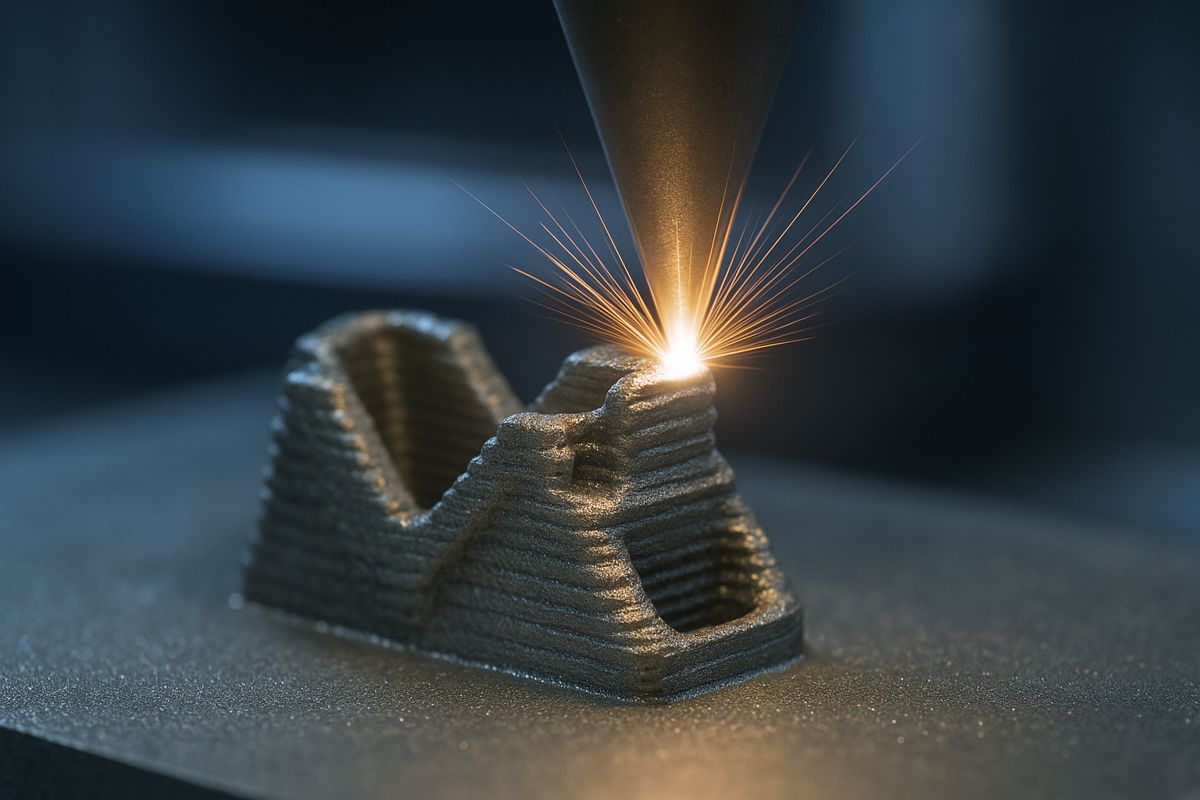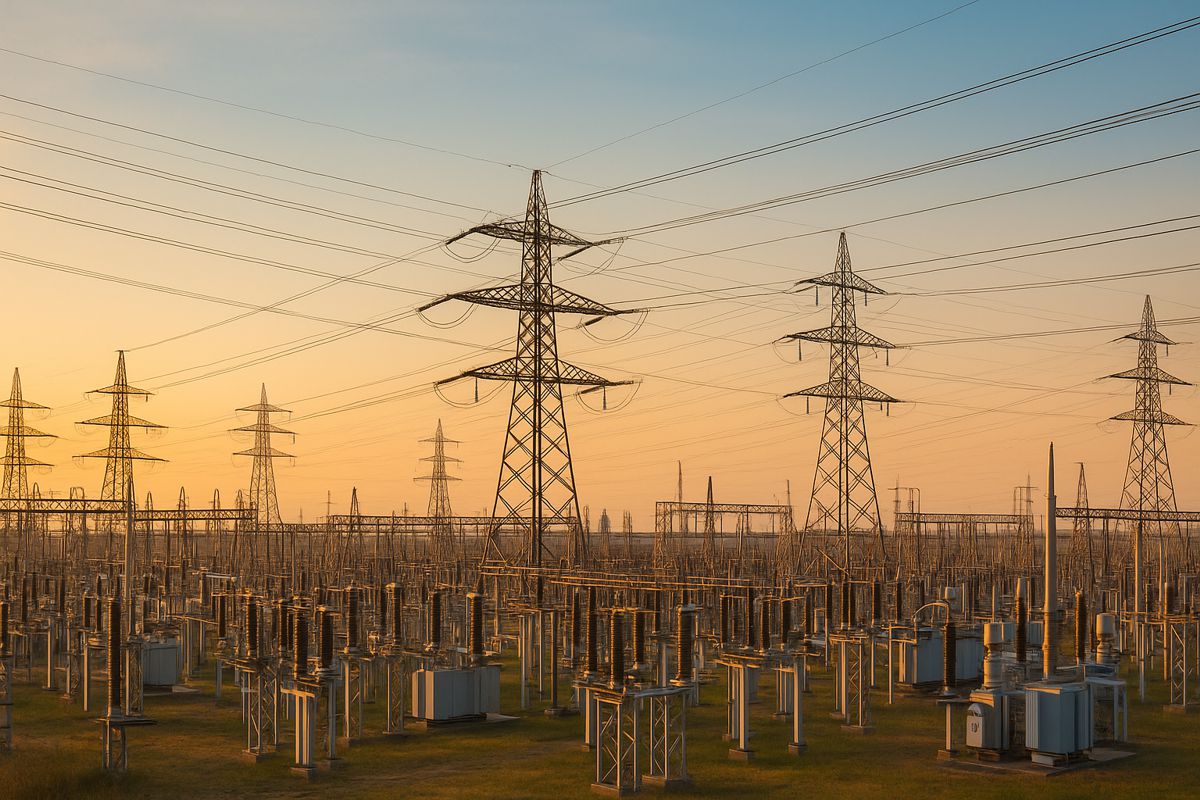Harvesting Flexible Power For A Wearable Future
Growing pressure on global energy systems continues to expose the limits of fossil fuel dependence. As demand rises and environmental conditions worsen, industries are being pushed to identify cleaner, decentralised and weather‑resilient power solutions.
Solar and thermal energy offer promise, yet their performance is often curtailed by unpredictable weather patterns and narrow application scenarios. Wearable electronics face these constraints even more acutely. Designers have long pursued technologies capable of powering compact devices without bulky batteries or constant recharging, but progress has largely stalled.
Evaporation‑induced generators, widely known as EIGs, emerged as a potential answer by tapping energy from the natural water cycle. However, earlier systems frequently lacked the muscle needed for modern devices. Their rigid structures made them uncomfortable to wear, and many required a steady water supply, restricting mobility and making them impractical for everyday use. These shortcomings have slowed the transition from laboratory prototypes to commercially viable products.
A new study published in Wearable Electronics presents a significant leap forward. Researchers from several leading Chinese universities have unveiled a flexible EIG that blends power density, structural adaptability and real‑world durability, signalling fresh opportunities for smart wearables and remote monitoring technologies.
Engineering A New Class Of Flexible Generators
The research team focused on overcoming two long‑standing challenges: poor output power and an inability to conform to the human body. Senior and co‑corresponding author Xuebin Wang of Nanjing University explained the dilemma: “The dynamic application scenarios of wearable devices place relatively high demands on the flexibility and stability of energy devices.” He added that conventional approaches often struggled because their rigid carbon‑based structures rarely aligned with the movement of the human form.
Earlier EIG designs also demanded constant water replenishment, limiting portability. Wang elaborated on the core engineering challenge: “One of the cores of flexible EIG research lies in balancing ‘power generation efficiency’ and ‘structural adaptability’.” Historically, boosting ion migration meant compromising material flexibility, a trade‑off that has constrained the field for years.
To overcome this, the team developed an asymmetric electrode configuration. Their solution combines a hydrophilic CF@PEDOT top electrode with a hydrophobic CP bottom electrode. Between them lies an MPP hydrogel functional layer engineered with a triple hydrogen bond network. This arrangement establishes a simultaneous gradient of water, ions and temperature, creating what the researchers describe as a coupled “mass‑charge‑heat” transfer system.
This multi‑gradient strategy, known in other scientific fields but rarely applied to EIGs, strengthens ion movement without stiffening the device. It also supports stable evaporation, improving overall longevity. By reshaping the device architecture, the team has effectively re‑written the design rules for flexible energy systems.
Power Performance And Real‑World Testing
Performance has long been the sticking point for wearable power systems. Yet during testing, the new device delivered a peak power density of 0.79 mW/cm². First author Wenjing Duan noted the results: “Relevant experimental results show (under current test conditions) that the peak power density of this EIG can reach 0.79 mW/cm².” This places the design well above many traditional EIG configurations, and crucially, the flexible structure held up under movement.
Simulated tests mimicking finger bending and breathing patterns revealed no noticeable reduction in performance. Duan highlighted this, explaining: “In simulated scenario tests such as finger bending and breathing humidity fluctuations, the device has not shown obvious performance degradation temporarily.” For wearable engineers, stability under repeated deformation is one of the last hurdles before real‑world deployment.
These tests echo similar evaluations undertaken in other sectors, such as biomedical sensors and flexible robotics, where materials are judged not only on output but also on fatigue resistance. Studies on stretchable power membranes and humidity‑driven nanogenerators suggest that devices must withstand thousands of movement cycles to be commercially viable. The team’s approach demonstrates genuine progress in this direction.
Expanding The Materials Landscape
Perhaps the most promising aspect of the design is its potential scalability. The researchers believe that the multi‑gradient method can be applied across a wider library of flexible polymer materials. This would allow customisation for different device types, climate conditions and application environments.
The team hopes their findings will inspire further exploration into gradient‑driven design principles. Wang explained that this approach may assist flexible EIGs as they transition from laboratory research to real‑world applications, including clinical monitoring and next‑generation wearables. This aligns with broader industry trends. Across Asia, Europe and North America, biosensors and low‑power medical devices increasingly rely on decentralised energy sources to reduce battery waste and improve patient comfort.
International research groups exploring moisture‑driven electricity, such as those at MIT and the University of Tokyo, have independently highlighted the value of combining multiple gradients to boost charge transport. The Chinese team’s work strengthens this global momentum, offering a more flexible backbone for future devices.
Funding Support And Academic Context
This research received significant support from the National Natural Science Foundation of China (U23B2075, 52272039, 51972168), the Fundamental Research Funds for the Central Universities through the CEMaC GeoX Interdisciplinary Program (2024ZD07), the Natural Science Foundation of Jiangsu Province (BK20231406), the Key Research and Development Program of Jiangsu Province (BE2023085) and the Postgraduate Research and Practice Innovation Program of Jiangsu Province (KYCX25‑0193). Such funding underlines China’s ongoing commitment to advanced materials research and low‑carbon technologies.
The findings were published in Wearable Electronics, an open‑access, peer‑reviewed journal dedicated to wearable materials and device technologies. The journal encourages collaboration across engineering, applied sciences and industry. It has become a prominent outlet for research into flexible sensors, textile electronics and manufacturing techniques for integrated wearables.
Practical Deployment
The introduction of a flexible, high‑output evaporation‑induced generator marks a meaningful step toward independent, lightweight and body‑conforming power systems. With global markets pushing for smarter and more responsive wearables, the need for reliable energy sources has never been greater. The multi‑gradient design outlined in this study demonstrates how fundamental materials research can unlock entirely new engineering pathways.
If future testing confirms long‑term durability under continuous movement and varied humidity conditions, commercial interest is likely to grow rapidly. For sectors such as healthcare, construction safety, defence and environmental monitoring, devices that never need conventional charging could drastically reshape design strategies.
Smarter, Cleaner Wearable Power
This research offers a fresh direction for wearable energy systems at a time when sustainability and performance are under intense scrutiny. By demonstrating a flexible device capable of strong output, reliable deformation resistance and compatibility with broader material systems, the team has opened the door to new wearable technologies that support cleaner energy use.
As the energy landscape continues to shift, innovations like this flexible EIG show how targeted materials science can contribute to broader environmental and technological gains. With enhanced stability and a scalable design philosophy, these devices could form part of the next generation of self‑powered smart wearables.




















